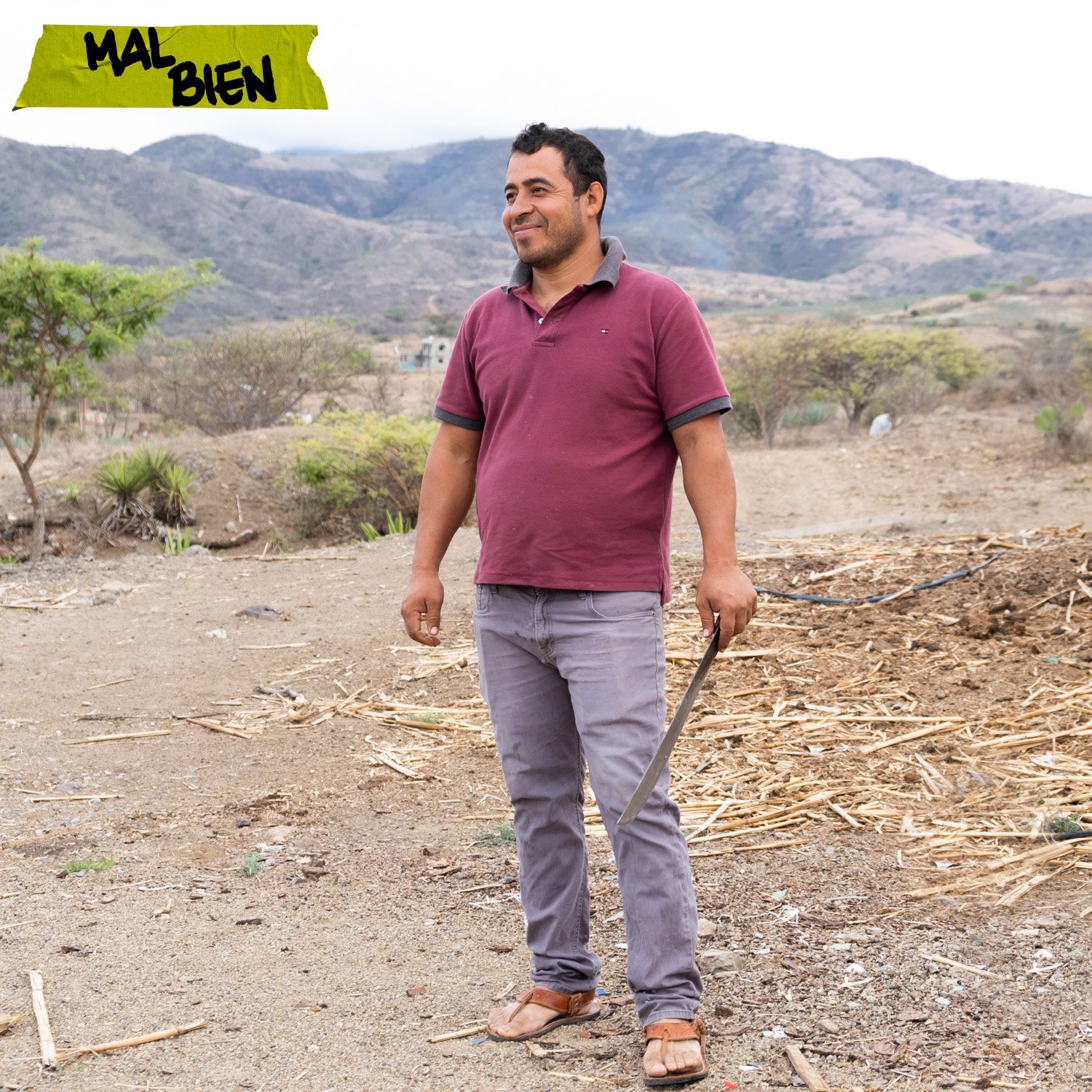
EXPRESSIONS by REGION
All the expressions in the Mal Bien family have been selected for the sense of place that they express. In each sip, you’ll find the land where the plants were raised, the techniques that have become tradition in the village where it was distilled, and the experience of the mezcalero who produced it.
Our expressions originate in the states of Oaxaca, Guerrero, and Michoacán.
Oaxaca
Lots of mezcal is made in Oaxaca, but there’s really no such thing as “Oaxacan style mezcal.” Different regions within the state have different traditions, employ different techniques and equipment, and have access to different species of agave. While some of these elements are unique to Oaxaca, it would be wrong to say any of them represent the state’s destilados on the whole. Rather, it’s much better to consider each of its many mezcal-producing regions individually.
Explore destilados from Oaxaca
Valles Centrales
Chucho y Poncho Sanchez
Oscar Morales Garcia
Miahuatlán
Felipe y Ageo Cortes
Victor y Emanuel Ramos
Ejutla
Guerrero
After Oaxaca, the state of Guerrero has both the second most producers of traditional mezcal and agave spirits, and the second greatest production volume. Despite such a robust tradition, the region’s unstable security situation has meant that its mezcaleros receive almost no visitors, and its mezcales remain far less visible. The most common agaves used here are A. cupreata, known locally as papalote or ancho, and A. angustifolia guerrensis, known as zacatoro. Their process typically has the agaves milled with wood chippers, fermented in pine tinas, and distilled on copper alambiques. Local tradition is to bottle the mezcales at 50-52% ABV, somewhat higher than in most other parts of Mexico.
Explore destilados from Guerrero
Félix Ramírez Mendez
El Tigre
Antonio y Lorenzo Sonido
Ciro y Javier Barranca
Refugio Calzada Hernández
Tomás y Emiliano Gutiérrez
Michoacán
Michoacán is home to some seriously fascinating spirits. Agave cupreata, known locally as chino, and Agave inaequidens, known locally as alto or bruto, are the species most commonly used throughout the region. Roasted agaves are most often milled with woodchippers, though some producers prefer to mill by hand with wooden bats. To counter the cold nights and high altitude, fermentation often takes place in pits dug into the ground, sometimes with the addition of pulque. “Filipino” stills are the design of choice: a copper boiling pot topped with a head made from wooden staves, a hollowed-out tree trunk, or stainless steel. The results range from lactic funk bombs best paired with aged cotija cheese to clean, mineral-driven expressions that taste like boozy cucumber water.
Explore destilados from Michoacán
Isidro Rodríguez Montoya














